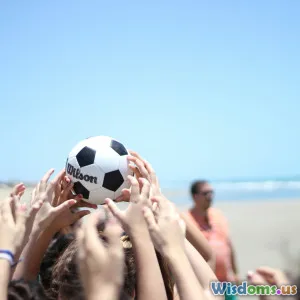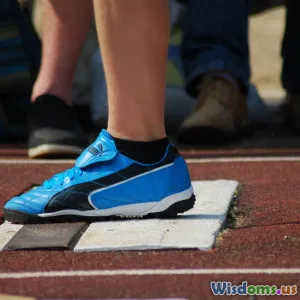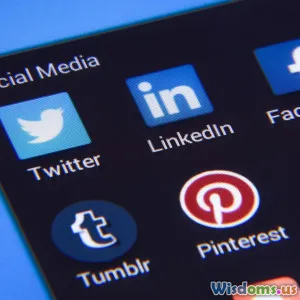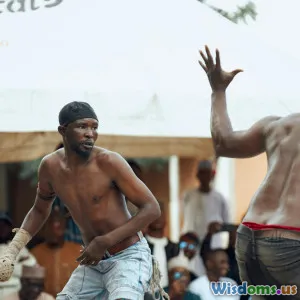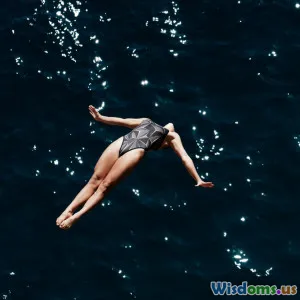
The Surprising Rise of Women in Extreme Sports
14 min read Explore the growing presence and achievements of women in extreme sports, highlighting trailblazers, breaking barriers, and redefining athletic boundaries. (0 Reviews)
The Surprising Rise of Women in Extreme Sports
Defying stereotypes, women have surged to the forefront of some of the world's most daring sports. Once seen as the domain of men, skateboarding, surfing, motocross, and alpine climbing now showcase remarkable female talent—and numbers prove this shift is more than a fleeting trend. In fact, the landscape of extreme sports is transforming before our eyes, fuelled by fearless women who push physical and societal boundaries.
Breaking Barriers: How Women Entered the Extreme Sports Arena
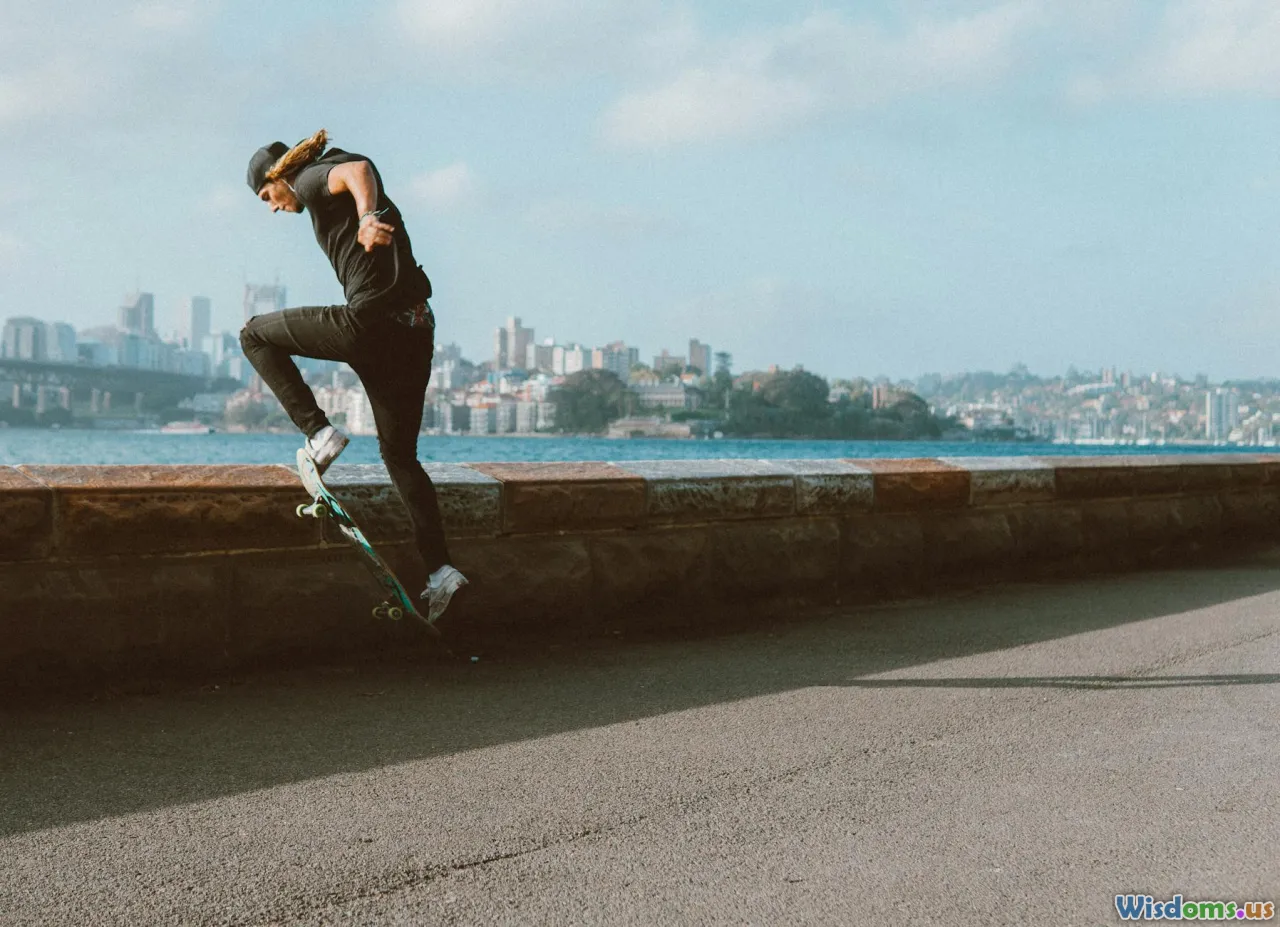
It wasn't long ago that female participation in extreme sports was both rare and overlooked. Women faced significant barriers—limited media visibility, few role models, and ingrained stereotypes about capability. Yet, throughout the 1990s and early 2000s, trailblazers like Elissa Steamer (skateboarding), Lyn-Z Adams Hawkins (BMX/skate), and Lynne Cox (open-water swimming) began shattering records and expectations.
Organizations and events have also played pivotal roles. The inclusion of women's divisions in the X Games (beginning in 1997) provided invaluable exposure. Meanwhile, grassroots collectives—such as "Skate Like a Girl," founded in Seattle—gave women spaces to train, compete, and support one another. The result? A groundswell of confidence and skill-building, which laid the foundation for today's more inclusive sporting culture.
According to the Outdoor Foundation's 2022 Outdoor Participation Trends Report, female outdoor sports participation grew by more than 17% between 2015 and 2021, outpacing male growth. Skateboarding has seen an even sharper increase: in 2021, women made up nearly 30% of skateboarders—up from less than 10% only a decade ago.
Example: Leticia Bufoni—From São Paulo Streets to World Podiums
Leticia Bufoni, a six-time X Games gold medalist, grew up riding makeshift boards in Brazil, where girls were often told to "find other hobbies." Today, she’s not just an athlete, but also an entrepreneur and role model, illustrating the new pathways open to women in extreme sports.
Media, Sponsorships, and the Battle for Visibility
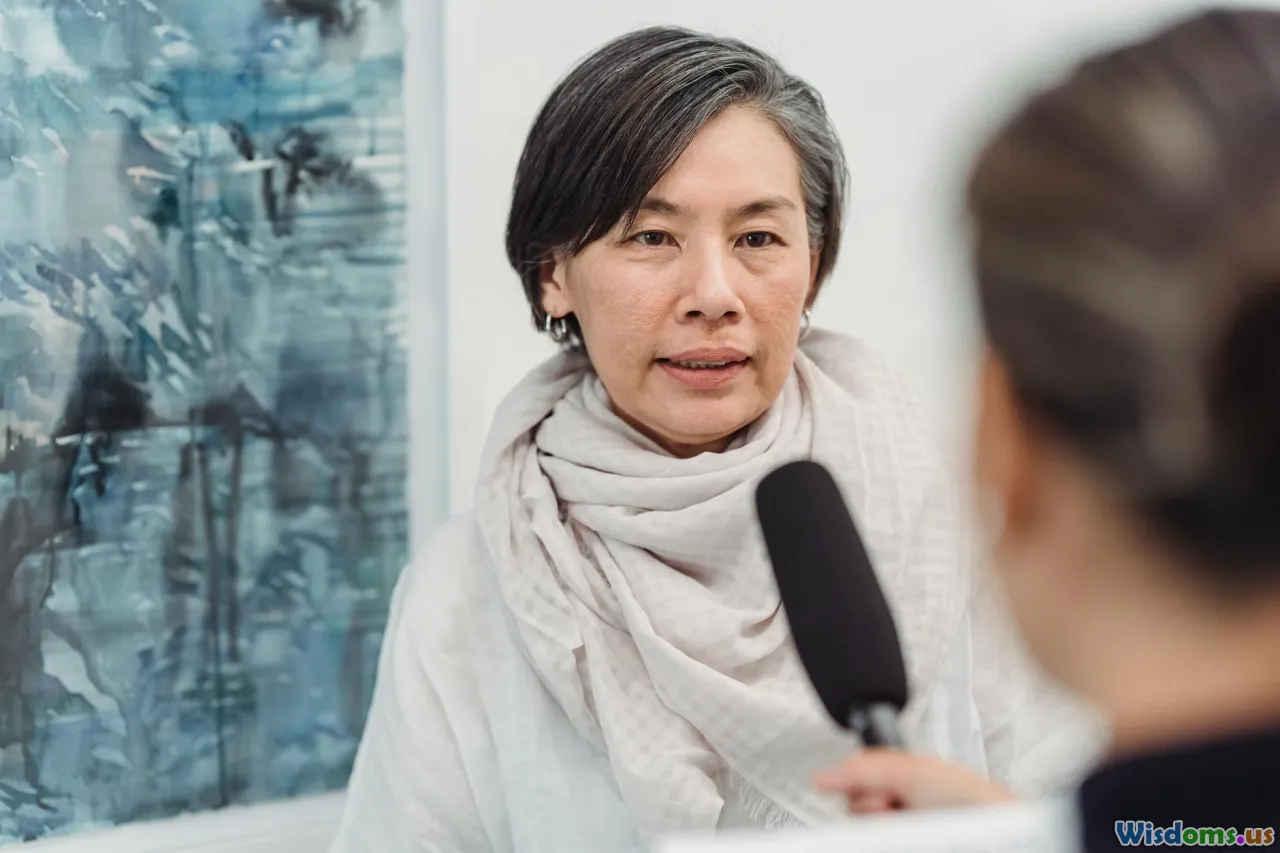
Visibility remains a key ingredient in the professionalization of women athletes. In the early days, female participation was underreported and underfunded. Studies show that as recently as 2016, women’s sports overall received only 4% of all sports media coverage globally, and extreme sports were no exception.
However, times are changing. Brands like Nike and Red Bull now sponsor female snowboarders, motocross riders, and climbers, equipping them with both financial support and international recognition. In surfing, Carissa Moore and Stephanie Gilmore have become household names, their matches streamed live to millions each contest season thanks to improved media investment and the demands of fans.
Social media has jumpstarted a grassroots "athlete-to-audience" model. Star skateboarder Rayssa Leal, famous for her viral “fairy dress” video, now has over 7 million Instagram followers—rivaling male peers and drawing sponsorship deals from major brands. Platforms like YouTube and TikTok have further democratized fame, letting talented women bypass mainstream media filters and drumming up both community and corporate interest.
Insights: The Power of Documentation
- Instagram and TikTok: Instant, global exposure for emerging skaters, climbers, or riders.
- Sponsorships: A record 42 out of 100 of Red Bull's sponsored extreme athletes are now women (as of 2023).
- Documentaries: Films like Bethany Hamilton: Unstoppable showcase triumph against the odds, while streaming platforms bring niche stories to wider audiences.
Pushing the Limits: Women Redefining Performance in Extreme Sports
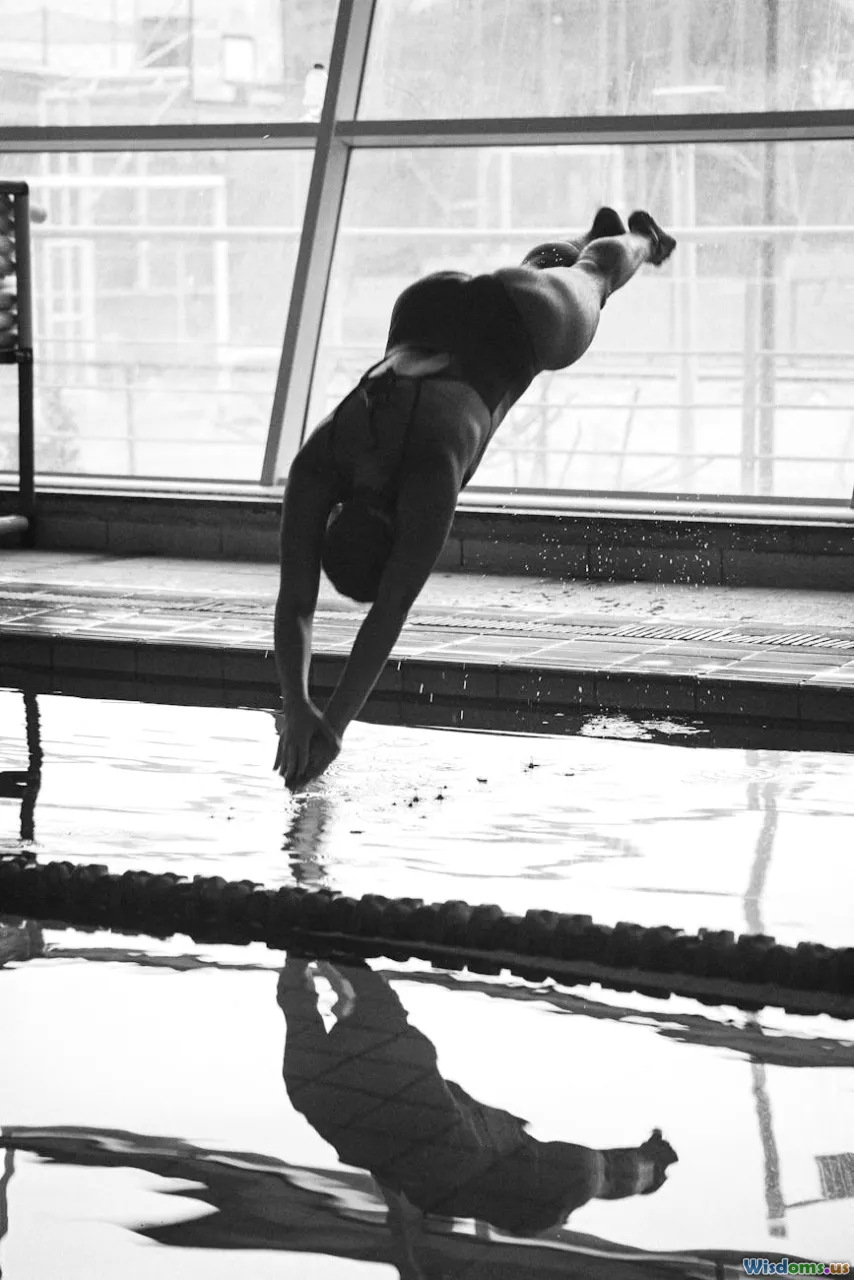
Performance statistics reveal how much has changed. In 2020, professional biker Vicki Golden set a new world record by smashing through 13 flaming wooden walls in 60 seconds—a feat previously dominated by male riders. Ski mountaineer Hilaree Nelson became the first woman to climb two 8,000m peaks (Everest and Lhotse) in 24 hours.
Skateboarding and the Olympics
At the Tokyo 2020 Olympics (held in 2021), skateboarding debuted as an official sport—and the women’s street contest drew global attention. Young talents dominated: Momiji Nishiya (Japan) won gold at just 13, Rayssa Leal (Brazil) silver, and Funa Nakayama (Japan) bronze—all teenagers, breaking both age and gender records.
Athlete voices underscore this evolution. As Olympic snowboarder Chloe Kim stated in a 2021 interview, “There is no going back—every time I compete, the level gets pushed higher by women, not just men. We all fuel each other’s progress.”
Data Points
- Wingsuit flying: Women like Roberta Mancino have logged more than 10,000 skydives and flown wingsuits at over 200 mph, dismissing the myth that speed or risk are gendered.
- Rock climbing: Sasha DiGiulian was the first American woman to climb grade 9a (5.14d), and more women are joining the boldest grades every year.
Training and Tech: Breaking Physical Limits
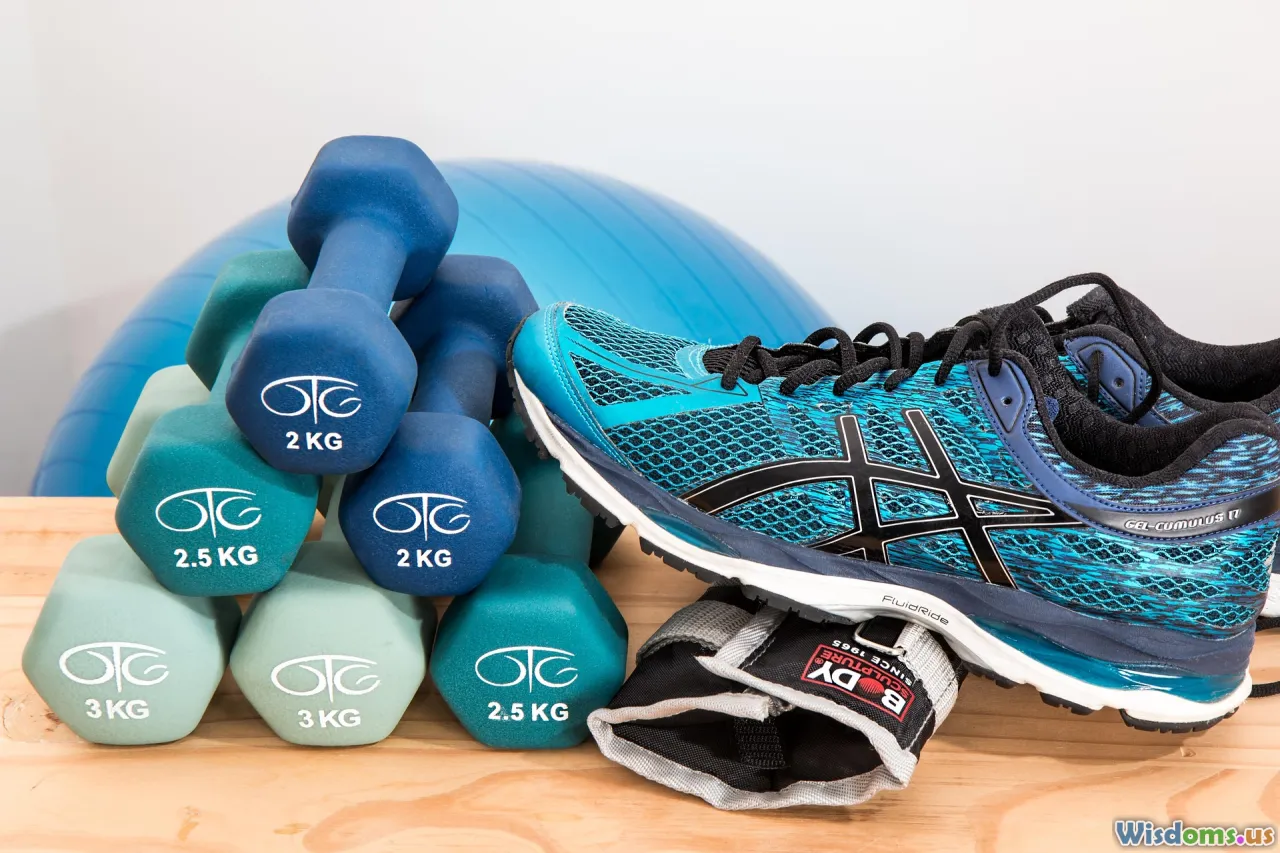
Developments in equipment and coaching have removed many technical roadblocks. Historically, most gear was designed for male physiques—resulting in ill-fitting boards, bikes, and suits. Today, brands like Burton (snowboard) and Specialized (bikes) incorporate female athletes into product R&D, resulting in gear better suited for women’s bodies.
This transition isn’t just about comfort. In rock climbing, for example, shoes now accommodate narrower heels, while skateboards offer variable widths for smaller feet and lighter profiles for easier flip tricks. Motorcycles and mountain bikes with adjustable suspension offer custom fits, increasing both safety and performance.
How Training Methods Have Evolved
Sports science and coaching methodologies are tailoring programs to female athletes’ needs, from nutrition and strength training to injury prevention. As sports physiologist Dr. Stacy Sims notes, “Women are not small men: training must reflect hormone cycles, energy requirements, and biomechanics.” Such attention not only optimizes results but also reduces injuries—a crucial element for sports involving significant risk.
Practical Tips for Aspiring Female Athletes
- Start with a supportive community—find local sports clubs, women-led meetups, or non-profit clinics tailored for women and girls.
- Prioritize custom-fit gear—consult specialists when selecting equipment; small changes (like bike saddle widths or board concavity) have outsized performance impacts.
- Learn from mentors—connect with seasoned athletes through social media, local contests, or workshops. Peer guidance is invaluable for skills and safe practice.
Changing Mindsets: Culture, Diversity, and Social Impact

Move over stereotypes: today's extreme sports community is far more diverse and inclusive. This evolution matters because diverse representation challenges previously narrow definitions of athleticism, risk, and leadership.
Grassroots efforts matter. In South Africa, the "Girl Skate South Africa" collective mentors hundreds of township girls with few resources. Iran’s Nasim Eshqi pioneered outdoor bouldering for women—facing social censure, yet opening doors for others.
Key Drivers of Cultural Shift
- Visibility breeds representation: Seeing relatable athletes changes what’s possible for girls worldwide.
- Intersectionality: Inclusion of LGBTQ, differently-abled, and athletes of color is on the rise, expanding the definition of who belongs in action sports. Adaptive surfer Dani Burt is a multiple World Para Surfing Champion, proving that gender and disability can coexist with peak performance.
Media also plays an educational role, with coverage increasingly focusing on athletes’ stories, struggles, and achievements, rather than simply on looks or novelty.
- Example: The 2024 "Red Bull Formation" event in Utah, an all-women’s freeride mountain bike exhibition, emphasized skill, creativity, and mutual support over competition—drawing praise from fans and media.
The Business of Bold: Female Athletes as Entrepreneurs and Advocates

Today's top female extreme sport athletes often double as business leaders and advocates. As sponsorship portfolios diversify, women leverage their platforms for social change and business innovation. For instance, Olympian snowboarder Jamie Anderson has launched her own eco-friendly clothing line. Skateboarder Vanessa Torres co-founded "El Gato Classic," an annual festival celebrating diversity in skateboarding.
Building personal brands has become essential. Research from Nielsen Sports shows that fans perceive female athletes as more relatable and authentic, spurring wider endorsement opportunities. Serena Kim, strategist at Wasserman, notes, “Clients see value in female athletes’ storytelling—they draw new demographics, which is a major business advantage.”
Navigating the Sponsorship Ecosystem
- Build your narrative: Female athletes who highlight personal missions (like mental health or sustainability) attract like-minded sponsors and followers.
- Embrace social initiatives: Many now partner with NGOs or start their own foundations, such as snowboarder Torah Bright’s work to improve sports access for girls in remote Australian communities.
- Network proactively: Find mentors in business as well as sport; learning negotiation and personal branding is as crucial as physical ingredients for long-term success.
Future Horizons: The Next Wave of Women in Extreme Sports
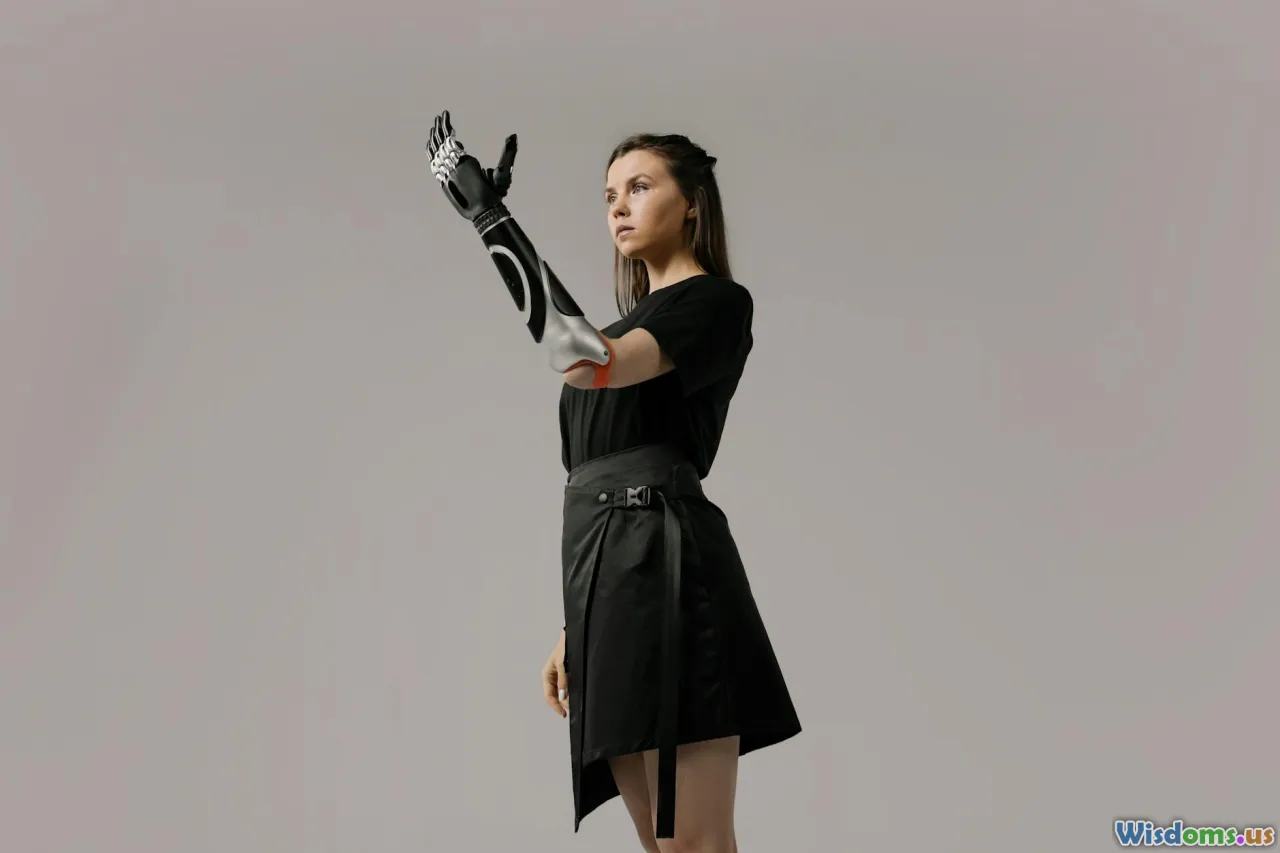
The momentum shows no sign of slowing. Participation is growing fastest among pre-teens and teens: the 2023 Skate Like a Girl summer camp in Portland, Oregon, drew record registration among girls under 15. Increasingly, organizations invest in youth pathways, elite coaching, and women-specific championships.
At a policy level, federations like World Surf League and the International Olympic Committee have enshrined pay parity. After heated lobbying by female athletes, surfing at the 2019 World Surf League became the first major sport to guarantee equal prize money for men and women—a watershed moment.
How to Support and Join the Movement
- Attend events: Whether live or streaming, more visibility translates to funding and expanded divisions.
- Volunteer & mentor: Community-driven organizations thrive on support—all skillsets welcome, from coaching to content creation.
- Champion inclusivity: Amplify diverse voices, challenge stereotypes, and vote with your wallet by supporting companies and gear allies to women’s sports.
In the end, women’s rise in extreme sports goes well beyond highlight reels. It's a story of resilience, innovation, and community—and it’s just beginning. With every record broken and every new athlete inspired, the definition of "extreme" broadens, promising richer, more thrilling stories for all who follow.
Rate the Post
User Reviews
Popular Posts











